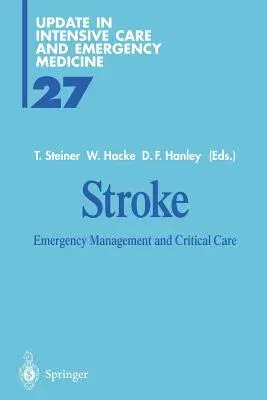Stroke: Emergency Management and Critical Care (Softcover Reprint of the Original 1st 1998)Paperback - Softcover Reprint of the Original 1st 1998, 18 September 2011

Qty
1
Turbo
Ships in 2 - 3 days
In Stock
Free Delivery
Cash on Delivery
15 Days
Free Returns
Secure Checkout
Part of Series
Update in Intensive Care and Emergency Medicine
Print Length
179 pages
Language
English
Publisher
Springer
Date Published
18 Sep 2011
ISBN-10
3642643264
ISBN-13
9783642643262
Description
Product Details
Book Edition:
Softcover Reprint of the Original 1st 1998
Book Format:
Paperback
Country of Origin:
NL
Date Published:
18 September 2011
Dimensions:
23.39 x
15.6 x
1.07 cm
ISBN-10:
3642643264
ISBN-13:
9783642643262
Language:
English
Location:
Berlin, Heidelberg
Pages:
179
Publisher:
Weight:
285.76 gm

